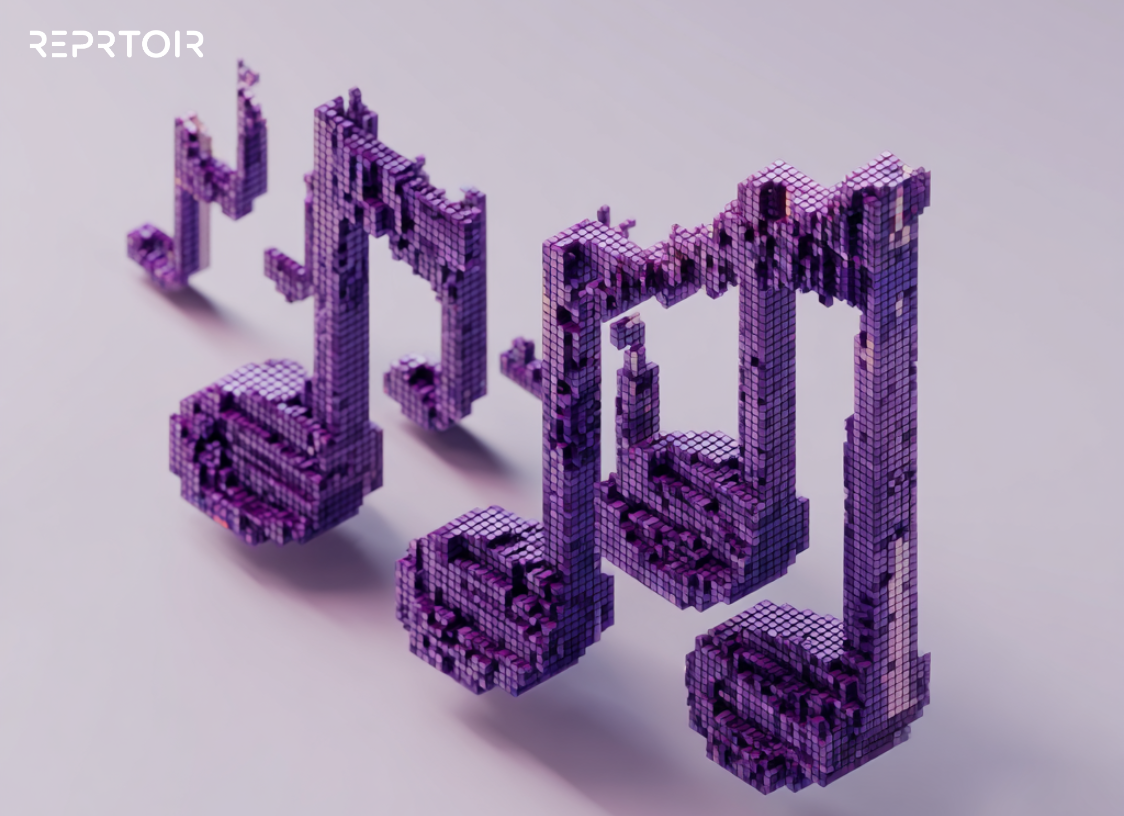Did you really think we wouldn’t talk about fake streams and music consumption at a time like this? There has been so much noise about the issues raised by music professionals, from understanding how music is considered today to how it’s impacted by its audience. So let’s dive in for our Weekly Roundup!
#1. TikTok is testing the music industry
You may have seen that TikTok is testing the limits of their agreements with the music industry on the Australian market. It seems like the bigger hits featured in videos are losing ground on TikTok compared to independent artists or simple audio clips. TikTok is looking more and more like a full chain of content creation, including music, and Majors may have more difficulty to keep the current model running.
Although, we’d have to keep in mind that TikTok is still a company, evolving in a global landscape (and highly dependable on ad revenue). So potentially, this test could also prove that TikTok can’t pull it off on its own and will need other revenues (such as licensing music). Once again, users and consumption habits will make the call.
In the end the question is: does TikTok need the music industry to attract users or is it the music industry that needs TikTok to push their business?
#2. Spotify and price increases, again
ValueAct Capital Management has officially joined Spotify as a shareholder (announced earlier this week). Interestingly, this precise company has a habit of supporting raising prices for consumers. As a reminder, for now Spotify’s prices are a bit lower than Amazon Music and Apple Music’s.
So should we expect an influence on decisions within Spotify? Up until now, increasing prices hasn’t been a plan the streaming platform has been considering (at least regarding official communications).
#3. Why fake streams aren’t working
Achieving success overnight is a dangerous illusion. Sure, buying fake streams to nudge things in the right direction seems tempting. Here’s why it doesn’t work.
First, even if there could potentially be some short-term results helping with visibility with music professionals, chances are that they’ll know. It’s not that hard anymore to notice that the growth hasn’t been organic and with just a little bit of digging, we’re able to spot it.
Second, algorithms are trained to go along with strong fanbases, built over time. Platforms won’t prioritize profiles with one pike on a track, but rather a loyally-followed account, with regular streams. This kind of account will be pushed way further in the long run. Plus, data will be completely messed up, so recommendations won’t be accurate anyway and in the end, the profile won’t be qualitative anymore.
Finally, in the long-term, marketing efforts will be reduced. That’s not what you want; visibility is built and there’s not really a path to become a superstar on digital streaming now. It’s all about the right niche audience, so if you play wrong with profiles, you won’t have a lot of chances to find it.
#4. Independent artists represent about a quarter of Spotify’s streams
MusicAlly dived into the numbers released by Spotify during their latest financial revenues for the year of 2022. And what has come out is the fact that music licensed by the three Majors and Merlin accounts for around 75% of streams on Spotify.
How did this come to be? Well, as stated by MusicAlly: “In 2017 the majors and Merlin accounted for 87% of Spotify’s total streams, but that proportion fell to 85% in 2018; 82% in 2019; 78% in 2020; 77% in 2021 and now 75% in 2022.” You can find a few other details on this trend, but it does make sense considering that there are more and more DIY artists working with their own distributing platforms.
#5. Latest data on music consumption
To wrap up, here are a few data on music consumption in the world. From the high dominance of music streaming when it comes to listening to music, to radio still in the running for discoverability, find out some key elements here!










